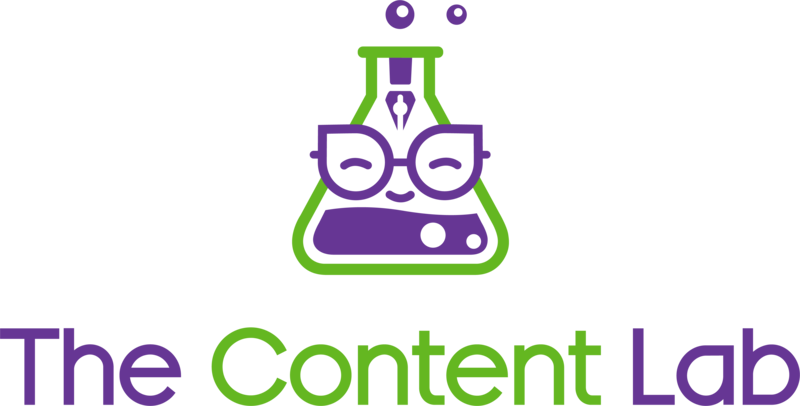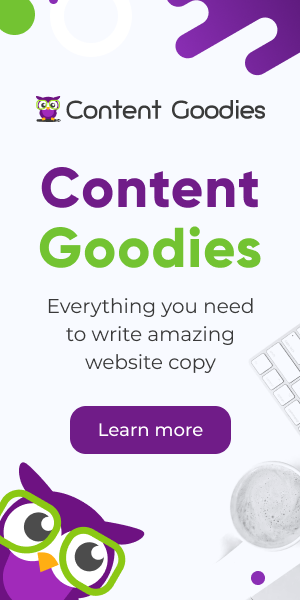First impressions matter. Whether it’s a job interview or a first date, you can decide how you feel about another person in less than 20 seconds.
Of course, these opinions can change over time as you get to know someone on a deeper level. But, in business, first impressions usually stick.
That’s why welcome emails are an important part of your email marketing strategy. They’re the first emails you send to new subscribers, customers, or users, and a valuable opportunity to win them over as you introduce your brand’s mission, values, products, and services.
People open welcome emails at a much higher rate than standard marketing emails, and research shows that sending an email welcoming subscribers on board will lead to 320% more revenue than promotional emails.
So, it’s clear how important welcome emails are. But, how exactly do you go about creating an effective one? Follow these simple steps.
Creating an effective welcome email
1. Have a clear goal
All your marketing emails should have a clear purpose, and welcome emails are no exception. In addition to providing a warm welcome, your initial greeting to customers should have added value.
Ask yourself:
What is the main message I want readers to take away from this email?
What’s my main motivation for sending this email?
What do I hope to achieve with this email?
When you’ve answered those questions, you can write welcome email copy that stays focused on your goals and makes its purpose clear to readers, too.

2. Write a compelling subject line
A recent Barilliance study found that 64% of people decide whether or not to open an email based on its subject line.
It’s the first thing a reader sees when they open their inbox, and people are busy. If your subject line doesn’t grab their attention immediately, readers aren’t going to waste their time clicking into the email.
Tips to write a compelling subject line:
Keep it brief: Subject lines with 50 characters or fewer have 12% higher open rates and 75% higher click-through rates than those with longer lines.
Pique the reader’s interest: It’s likely that yours isn’t the only welcome email hitting your readers’ inboxes today. So, make it stand out with a unique hook that demands attention. Avoid overused phrases and clichés to keep your subject lines fresh and intriguing.
Build trust: People love brands they can trust. To make yours more trustworthy, make sure your subject line is grammatically correct. Spelling mistakes will make your audience question your credibility as an established business. You don’t want to taint their perception of you before they even hear what you have to say.
3. Have a clear call to action

One of the most important parts of your welcome email is the call to action. Not only does it boost your conversion rate, but it gives your readers a sense of direction.
Although a call to action can be any clickable link in your email, it’s best to keep it simple with a single button.
According to WordStream, emails with a single CTA button increase clicks by 371% and revenue by 1,617%.
Speak directly to your subscriber. A study by Unbounce found that talking directly to the reader in button text resulted in a 90% increase in clicks. For example, instead of telling your readers ‘Get 10 % off now’ try ‘Grab your 10% off now’.
Use actionable language. If you want your reader to do something, the best way to encourage them is with actionable language – namely verbs. Your call to action is usually the shortest sentence in your email, yet it’s one of the most important. Use power words that evoke emotion like join, save, create, explore, start, and upgrade.
Create urgency. Instilling a sense of FOMO in your reader really does work. The longer someone considers whether to buy a product or service, the more likely they’ll decide not to.
4. Add personalisation
Personalising your emails to your customers is a huge step towards success. In fact, it’s proven to increase revenue by 760%. The purpose of personalising emails is to make your subscribers feel special rather than just another email address in your database.
A common personalisation tactic is to use a person’s name in the subject line, but there are a number of other tactics to use in your welcome email:
Subdivision: Divide readers into groups based on factors like gender, location, and age. Each group should receive a separate email, personalised to them.
Browsing history: Use data gathered on your subscribers’ browsing habits to make the email unique to them.
Automation: Use software to automatically send emails to subscribers based on specific criteria defined by you.
Send from a real person: Add an extra sprinkle of personalisation to your welcome email writing it from the point of view of a real person or member of the marketing team rather than your company name.
5. Introduce yourself
There’s no better place than your welcome email to tell your subscribers all about your company and its values. Let them know who you are, what you stand for, and why they can trust you.
This is a chance to build an emotional connection with potential customers and allow them to get to know your brand on a deeper level.
Customers who feel a strong emotional bond with a business are three times more likely to purchase their product or service.

6. Set expectations
Establishing trust and setting expectations are important parts of email marketing. From the start, let your readers know how often they can expect to see your name pop up in their inboxes and what type of content you’ll be sending them.
By law, you must also offer customers a valid means of opting out from any future emails. Many organisations implement this by means of an unsubscribe link.
Key takeaway:
Your welcome email is arguably the most important one you’ll send as part of your email marketing strategy. It’s your chance to make a great first impression with new customers, users, or subscribers.
Building the foundations of a good relationship with your readers in a welcome email will have significant benefits for your brand in the long run.
Crafting and sending an effective welcome email involves several key steps. If you’re looking for guidance in creating a standout welcome email, then The Content Lab would love to help.
Email [email protected] or get in touch today to get started.


